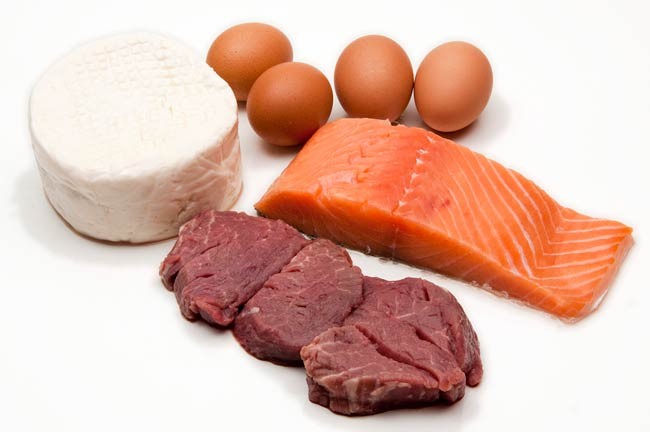- Make It Yourself Lavender Heart-Shaped Bath Bombs!
- 20 Things You Never Knew About “Down There”
- 12 Best Foods For Those Suffering From Arthritis Pain
- 12 Personal Hygiene Mistakes Almost Everyone Makes (Mom Never Told You About #4!)
- 15 Medicinal Plants And Herbs From The Cherokee People
- 12 Mind-Blowing Benefits Of Drinking Coconut Water During Pregnancy
- 12 Outstanding Winter Foods That Won’t Fatten You Up Like A Christmas Turkey
The Paleo Diet, Is it Right for You?

Photo credit: bigstock
The Paleo diet is extremely high in protein. This is certainly better than eating excessive amounts of refined carbohydrates, true, but your body only needs so much protein and when you eat much more than you need, this can cause problems.
Most people only need about a half gram of protein per pound of lean body weight. To find out your lean body mass, find out the percentage of body fat and subtract that number from 100. For example, if you currently have 20 percent body fat, then this means you have an 80 percent lean body mass. So for most people, this means you don’t need more than 35 to 75 grams per day. Pregnant women and professional athletes might need about 25 percent more, but that’s it. Consuming more of that can stimulate a pathway in the body that seems to encourage cancer growth. Find out cancer causing foods.
Another problem, and the thing people seem to object to the most, is that it’s too low in carbs. For those who are used to eating a high carbohydrate diet, and then they suddenly reduce their carb intake to below 25 percent, your body will need to adapt to a scarcity of glucose, which can cause severe hormonal changes that can negatively impact your overall health. Although some people seem to tolerate extremely low carb diets just fine, others don’t do so well. Should you get an infection, your body will have a higher demand for glucose and you can really get into some severe problems should your carb intake remain too low for your body’s needs.
When you exchange carbs for protein it can actually cause serious health problems similar to eating too much sugar or too many grain based carbs. The Paleo diet calls for about 38 percent protein and 39 percent fat, which, for many, seems to be too much protein and too little fat.
The Paleo diet would be better for some people if it reduced protein and increased fats by adding healthy, high-quality fats such as butter, avocados, nuts, eggs, and coconut oil. The healthiest option is to be sure that your carbohydrates come from fresh, organic non-starchy vegetables such as greens, eat smaller amounts of high-quality protein, and eat a diet that is high in fat. Most people need between 50 to 85 percent fat in their diets, and for some people, even more than that.
SEE ALSO: 10 Things to Learn from Paleo Even if You Don’t Agree With It
The Paleo diet is supportive of intermittent fasting, but many people don’t follow this because it really isn’t highlighted. Intermittent fasting is probably one of the most powerful ways to drop weight while reducing your risk of developing chronic diseases such as diabetes or heart disease. There are many different ways to do intermittent fasting but perhaps the most simple way to do this is to schedule all your eating into a more narrow window of time, allowing at least 16 hours to elapse before eating again.
Take your individual needs and likes into consideration before you go all out Paleo. Listen to your body and do what feels right. If the Paleo diet makes you feel better and you are comfortable with it, then it’s good for you. Don’t be afraid to give it a few tweaks, so it can be perfect for you. If you aren’t feeling great after two or three weeks, make a few changes. Try eating less protein and more healthy fats as suggested above and see how that feels. Once you find the right fit, you will feel better than ever before.
Sources:
Video:
Video:
































